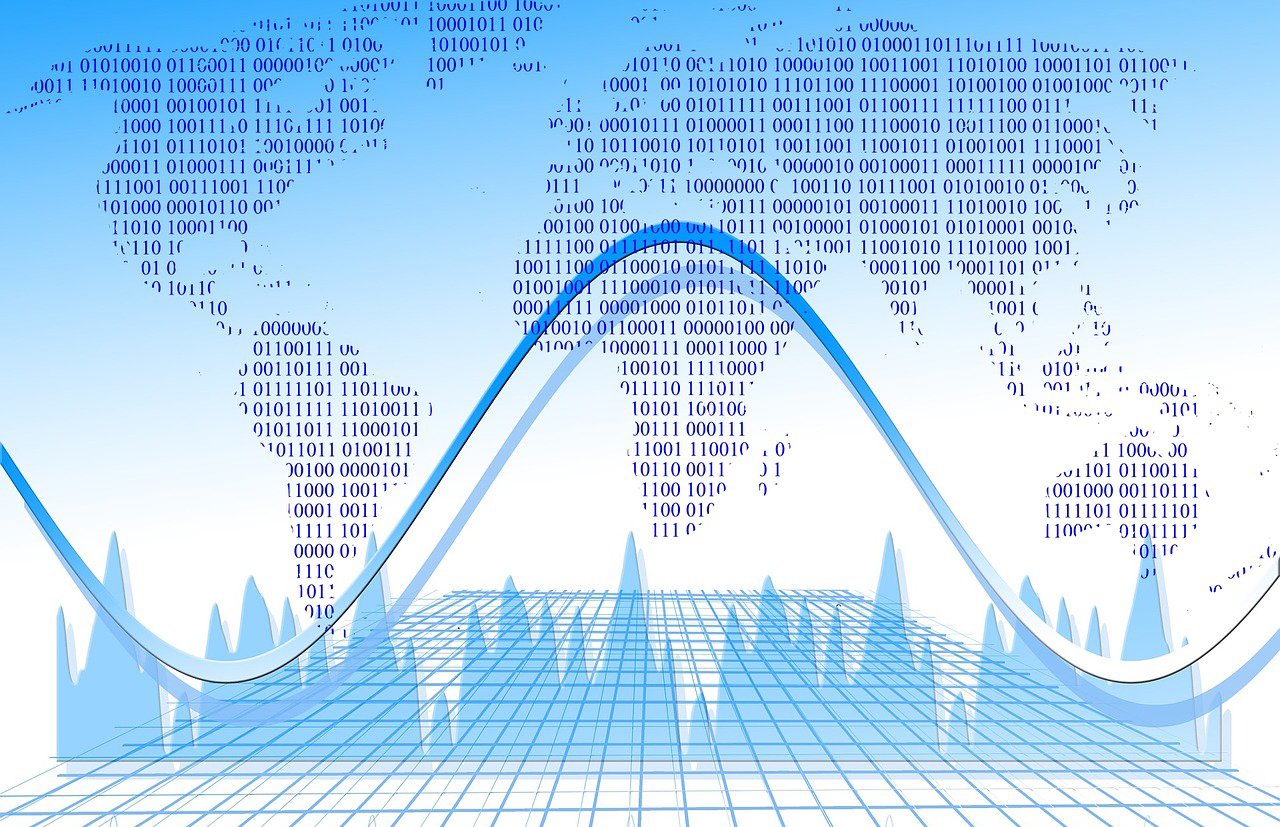Prescriptive Analytics is the next frontier in Analytics. It has the potential to help analyse real-time data and enable contextual decision-making.
There has been a lot of hype surrounding predictive analytics over the last couple of years, with many enterprises transitioning from descriptive analytics to predictive analytics of Big Data for greater visibility into business outcomes. But predictive analytics also has its limitations as the future of analytics lies in prescriptive analytics, also referred to by some as adaptive analytics.
The beginning
The Business Intelligence (BI) and Analytics journey of many Indian enterprises began some 20 years ago. Initially, most had data quality issues that prevented them from deriving value from BI platforms and associated analytical tools. Once they got the data quality issues sorted out they were able to carry out descriptive analytics, which was mostly focussed on generating reports that gave them post-mortem insights on events that had occurred.
The move towards predictive analytics
With the advent of Big Data—with enterprises trying to make sense of both structured and unstructured data, and adopt digital technologies—the focus has shifted to predictive analytics in the last few years. Unlike descriptive analytics, predictive analytics helps businesses predict future business outcomes based on customer insights derived from Big Data. In the recent past we have seen enterprises across various industry verticals make considerable investments in shifting their digital data into environments that are conducive to running predictive analytics. Enterprises are using predictive analytics to anticipate demand and optimise their supply chains, gaining insights into marketing ROI, or design offers to customers based on their preferences.
Advantages of prescriptive analytics
While predictive analytics enables companies to analyse available data and anticipate business outcomes, prescriptive analytics goes a step further. It involves making sense of real-time data and coming out with the best options for a business decision considering all the constraints. A simple example of prescriptive analytics is the way the GPS feature in Google Maps takes real-time traffic data en route to your destination and comes up with the fastest route. Autonomous cars are another example of what prescriptive analytics can achieve. Self-driving cars have to recognise both moving and non-moving hurdles along the way and make course corrections in real time.
Prescriptive analytics can aid and enable decision-making across functions that could include marketing, supply chain and logistics, and customer support among others. The technology can be deployed across diverse industry verticals for faster and accurate decision-making to drive not just revenues but also increase profitability.
Tools that incorporate prescriptive analytical capabilities are already available in the market. However, enterprises have been rather slow in adopting the technology. According to a research estimate, only 10 per cent of the enterprises around the globe have deployed prescriptive analytics. There could be many reasons for this. A vendor of analytical tools we spoke to points out that many CIOs are still sceptical about the possible business benefits they can derive by deploying this technology. Many others, who have already invested heavily in predictive analytics are not willing to embrace a new technology in a hurry. Of course, predictive analytics has its advantages. But, eventually, at some point in time enterprises will have to consider transitioning to prescriptive analytics. If they don’t, they will miss out on a competitive edge.
Graphic: Tumisu/Pixabay


